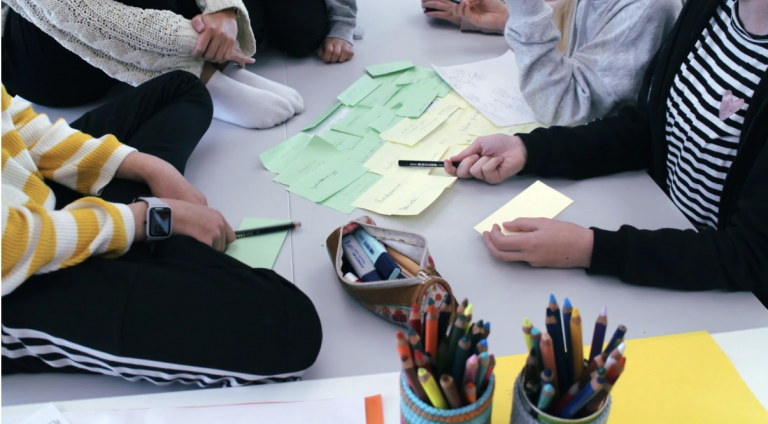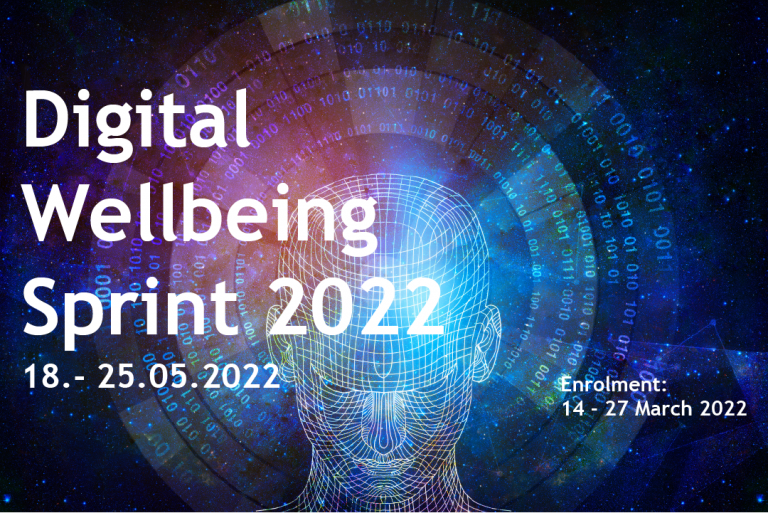Making the best out of a virtual Design Sprint. A tutor’s perspective.
This blog post is a reflection on the learnings gathered as a tutor in the Digital Wellbeing Sprint 2021 (DWS) that brought together a very diverse group of students both Bachelor and Master levels from the 3UAS ( Haaga-Helia, Laurea and Metropolia) and 6 partner organisations.
The Digital Wellbeing Sprint is a seven days event that follows closely the Google Ventures Design Sprint Methodology created by Jake Knapp and used to validate ideas through design, prototyping, user testing and collaboration. The Sprint methodology is one of the fastest and cheapest way to validate a business strategy or product idea with real users. (Knapp et al. 2016)
Design sprints can be intense, but they’re also fun, and very insightful as long as the sprint process goes smoothly. In order for this to happen, some planning was required.
Before I continue I must admit I was getting some cold feet right before the Digital Wellbeing Sprint started. Months of preparation, reading through the material, and creating the schedule and when the Sprint was about to begin I started to question if I am ready for this. As it turns out I was ready, I just needed to pass that single moment of discomfort and trust that it will be great. And it was really amazing!
A successful virtual Digital Wellbeing Sprint
As this was the second time that the DWS was organised virtually, I believe that was one of the reasons the process went very smooth and according to the plan, the main reason was most likely a good project manager and a great team of tutors and teachers.
My role as a tutor
As a tutor I was having an active role both in the preparation of the sprint, communications as well as facilitating one group of students through the process for the duration of the Sprint. It’s true the students did most of the work, but the facilitator has an important task of ensuring the process goes smooth and everyone knows what to do. The time really flies during the sprint and every second counts, so it’s very important how the students use their time. Having someone to answer their questions, keep track of their progress and making sure they are on target is vital.
Biggest challenge during the sprint
Team dynamics is challenging in virtual settings however my observation is that after more than one year of working partially or completely remotely, people are used to virtual meetings and style of working. To be fair, I don’t have the experience of a face to face sprint, but I feel the process was very smooth and overall everyone progressed nicely and enjoyed the experience.
The biggest challenge for me was keeping the team of students within the schedule. The time goes fast and as we move from one task to the other staying in schedule is essential. Another difficult task for the facilitator is not to interfere too much and bring your own opinion about the challenge. We need to ask many question and enable the students to figure out things by themselves, but knowing when to be silent and when to add a useful comment is not an easy task.
Learnings and outcomes
The seven days of the sprint were packed with motivational speakers, tasks and great collaboration but at the end of the week we all felt a great sense of accomplishment going through the agile way of working and reaching the other side a bit wiser and a bit more inspired.
My favourite part of the sprint was learning how the sprint methodology works in practice. Reading about it and actually doing it, or better yet, having to explain it to others is probably the absolute best way to learn something.
Being a part of the DWS organising team has been an excellent learning experience for me. As a bonus I got to develop hands on service design skills and facilitation skills as well as created great bond with a wonderful team of tutors. I also got to do an interview with one of the partner companies, write blog posts, help design the sprint, listened to some really inspiring motivational speeches during the sprint and had a great time doing it.
This blog was written by Elena Howlader, facilitator in Digital Wellbeing Sprint 2021. Elena is currently studying Service Innovation and Design Masters degree in Laurea University of Applied Science and has a background in visual design.




